

Merino wool, the ultra-soft fabric most commonly found in performance baselayers and socks, is one of the most sought-after materials in the outdoor gear world. But is it worth the hype? Below we break down the pros and cons of merino wool, including next-to-skin comfort, warmth, moisture-wicking ability, stink prevention, durability, and more. To tip you off on our conclusions: Merino is undoubtedly expensive, but we feel it's worth it for those who value comfort or need a higher level of performance.
Editor's note: We updated this article on July 9, 2024, to update all statements and product recommendations and add new images from recent testing.
Merino is a breed of sheep highly prized for its soft and finely crimped wool. From a technical perspective, the diameter of wool is measured in microns, and the lower the micron, the finer and more expensive it is. Regular coarse wool can be 40 microns or more, but merino is much finer, ranging from about 24 microns down to 15 and below. Because of its thin diameter, merino isn’t itchy or rough like thicker wools but still offers impressive warmth and moisture-wicking capabilities. Originally from Spain, merino sheep are most commonly found in Australia but also are being raised in the United States, New Zealand, South America, and elsewhere.
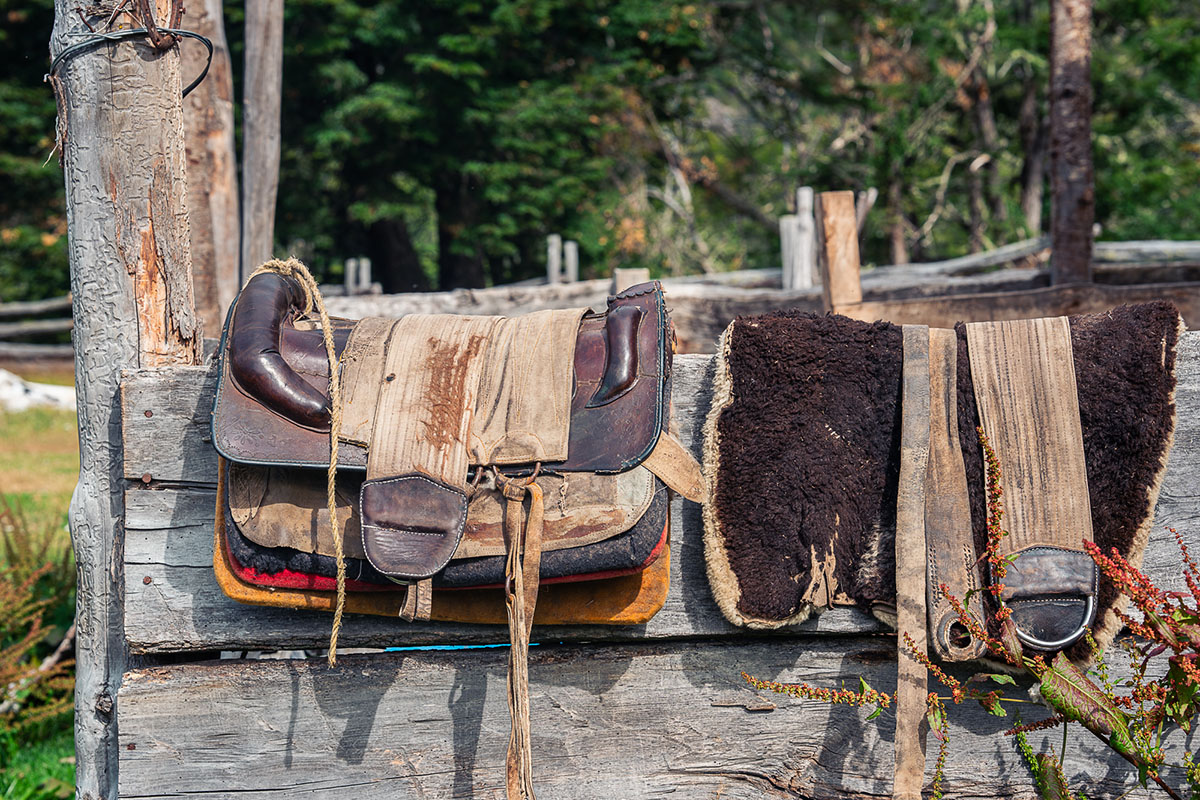
Merino turns the notion that wool is itchy and uncomfortable completely on its head. Merino fibers are much finer and softer than standard wool and easy to wear all day. We commonly wear merino shirts as daily pieces, but they’re also our articles of choice for long-distance activities like backpacking or marathon running. A high-end merino shirt feels softer and lighter than cotton while outperforming it in warmth, moisture wicking, and temperature regulation. As a next-to-skin layer, merino wool is hard to beat.

One of the reasons that merino wool is so popular is its warmth relative to its weight. The fabric has a natural loft that traps heat very efficiently between the fibers, making it warmer than a synthetic of the same weight. But it’s also good in the heat, as merino regulates your body temperature really well. Arguably, it’s just as good of a summertime material as it is for winter. We consistently wear merino wool for running, hiking, and mountain biking thanks to its comfort across a range of temperatures. In the morning, it’ll keep you reasonably insulated, but you’ll be cool, dry, and ventilated once you start working up a sweat.
Another benefit is merino wool’s ability to insulate when wet. If you step in a creek and get your hiking socks wet, it won’t compromise their ability to keep you comfortable. The same goes for your baselayer if you’re sweating heavily: The shirt won’t pin the cold, wet material against your body like cotton. Instead, it will keep you at a comfortable temperature and retain its soft feel.
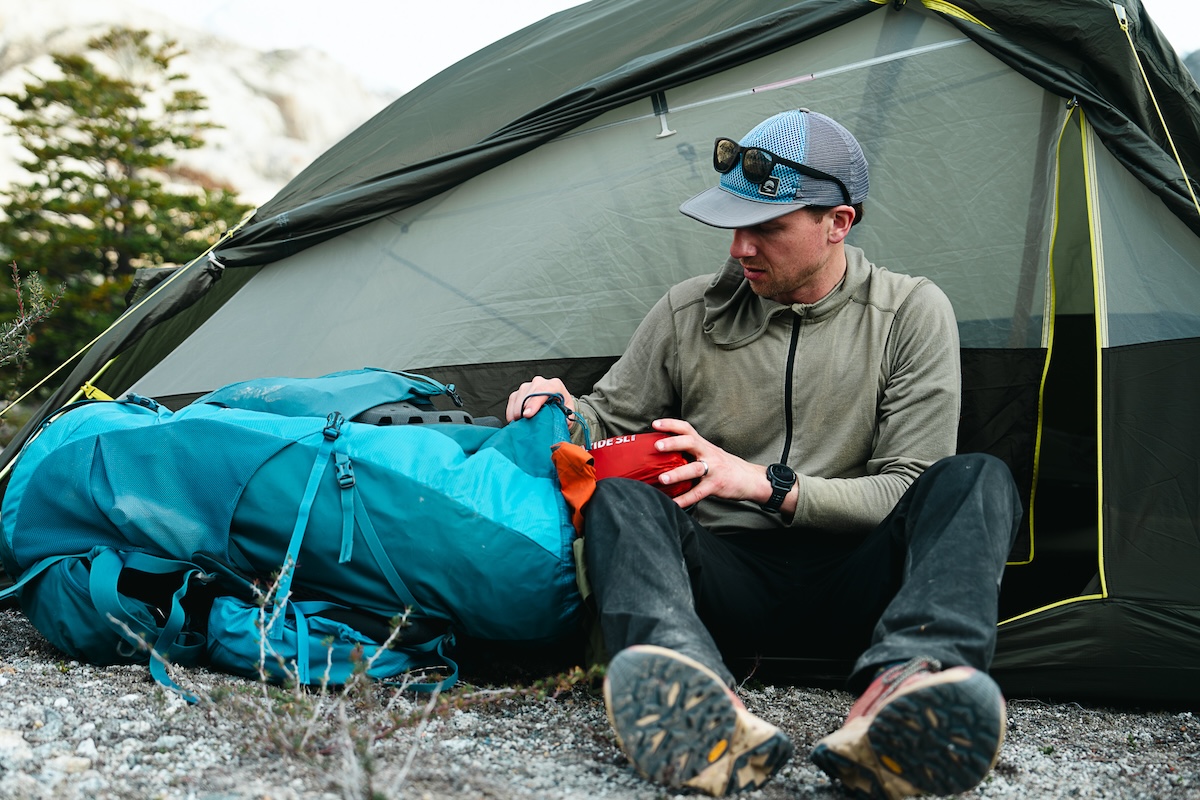
For those unfamiliar, moisture-wicking fabrics pull moisture away from your skin by absorbing it into the fibers. The moisture then moves through the fabric and evaporates through the exterior. Merino is touted as having high levels of moisture wicking because of its ability to retain a lot of liquid relative to its weight (better than synthetic). Again, this is a natural property of the wool and another significant benefit to overall comfort.
Just as merino wool keeps you comfortable by keeping you dry, it also encourages breathability. We’ve found the most breathable pieces to be lightweight and thin (like the Smartwool Merino Short Sleeve Tee), which makes sense because air can pass through easily, allowing the fabric to dry out. A mid- or heavyweight item can feel muggy when you’re working hard, but the performance is still good and compares well with high-end polyester.
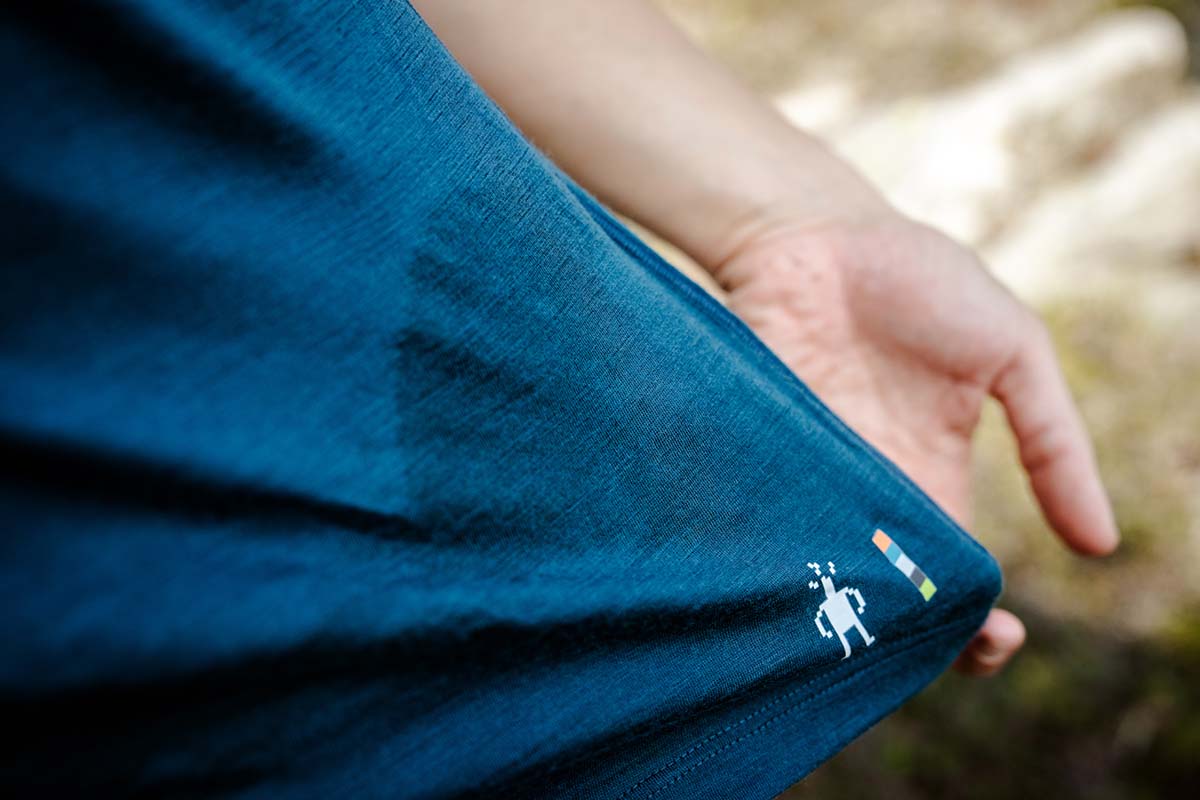
Among the many benefits of using a natural fiber is one that both you and your adventure partners surely will appreciate: avoiding stink buildup. Merino’s ability to absorb moisture without creating an environment to grow smelly bacteria is one of its “miracles.” To be clear, we’re not saying that you cannot make a merino shirt stink—we surely have—but it’s a night-and-day difference when compared to a synthetic (even one with an odor-fighting treatment).
Depending on the specifics of your trip and the conditions, you can expect to wear merino for multiple days without it becoming smelly or feeling dirty. As a result, it’s a fantastic option for multi-day outdoor adventures, travel, or just about any time you’ll be working up a sweat and won’t be able to change layers right away. For multi-day backpacking, climbing, and ski trips, merino simply is a no-brainer.
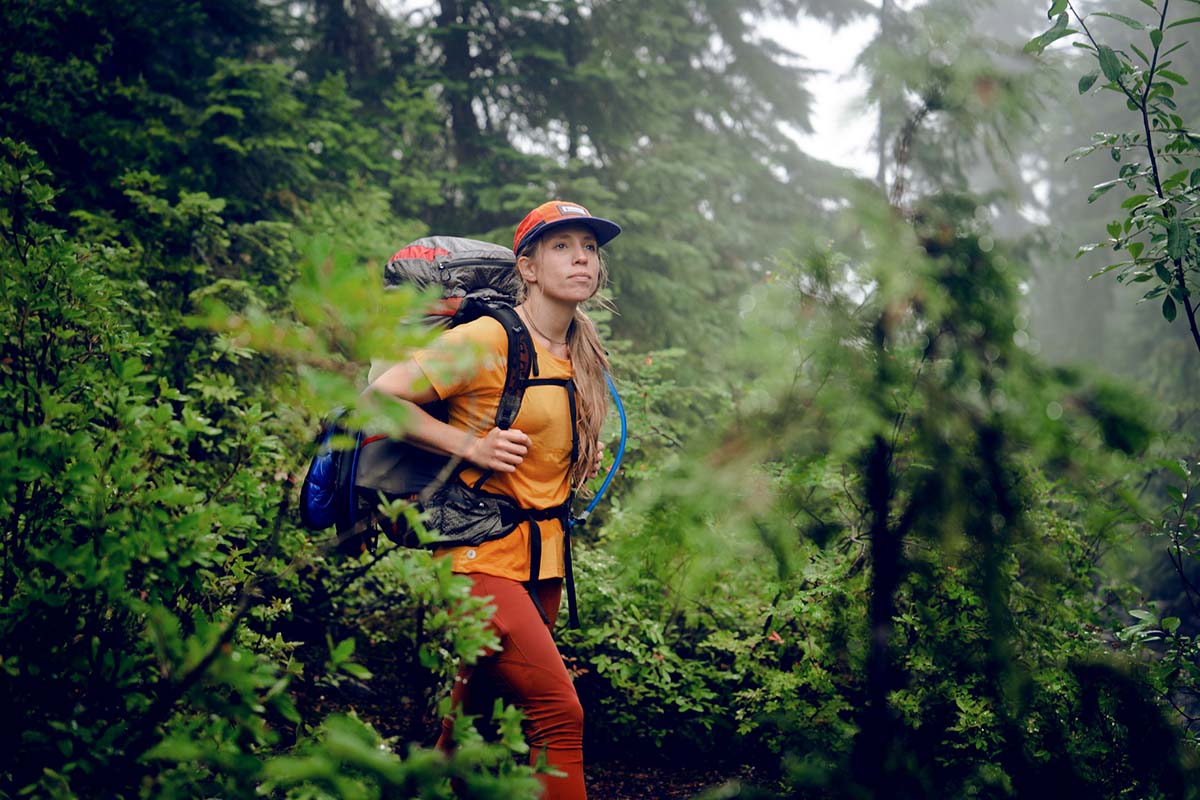
Durability is the Achilles heel of merino, particularly for lightweight varieties and areas prone to heavy wear. We consistently only get a couple seasons out of our merino wool baselayers and casual shirts (although you can expect a longer life if you don’t wear them every day like we do). Lightweight merino tops are the most prone to developing holes, while mid- and heavyweight shirts will hold up far better.
Merino wool socks, however, are a very different story. It’s not a perfect comparison because socks require nylon in the construction to create their structure, but the high-density knitting is proof that merino wool can be long-lasting. In particular, Darn Tough hiking and ski socks hold up well to a lot of wear and even come with a lifetime guarantee. We’ve put exactly one hole in our drawer full of Darn Toughs over many years of using the brand, and that was the result of a pretty nasty mountain bike crash. Smartwool now uses Indestructawool technology for durability, which has essentially eliminated our previous complaints about premature wear.

Another way to lengthen the life of merino products is to repair them when they get holes instead of discarding them. Patagonia’s Worn Wear repair program doesn’t accept merino baselayers or socks because they’re considered undergarments (their customer service representatives say they can be returned under warranty), but a few minutes with a needle and thread is often enough to keep a beloved merino item going for a bit longer. Here’s how: Start with a very fine needle and strong thread. With your merino item inside out, begin a couple millimeters away from hole and stitch it closed. For socks, inserting something round like a tennis ball can help, as well as stitching in a grid pattern (this is called darning) by first making parallel lines of stitches in one direction, then across in perpendicular stripes overtop for extra strength (here's a great video demonstration).
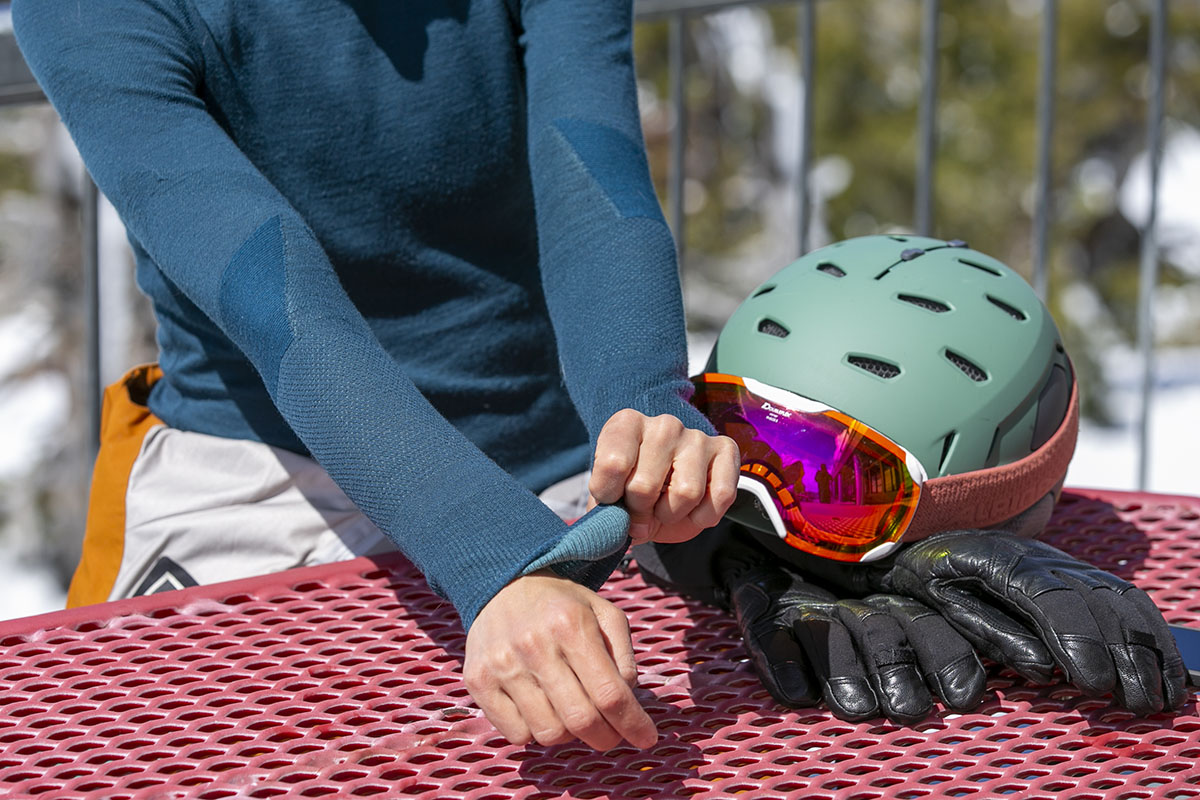
Merino wool is expensive, there’s no way around it. Hiking and skiing socks made with merino run about $20 to $30 per pair, and merino shirts can easily exceed $100. Taking into consideration the limited durability, this is the most convincing argument to avoid the material altogether. For example, you can get a high-quality synthetic baselayer like the Patagonia Capilene Midweight for $79, while a comparable Smartwool top is $100+. And the same holds true for underwear and socks. There is the occasional deal to be had—REI and L.L. Bean make a few merino items that aren’t prohibitively expensive, as does Ridge Merino—but in general, expect to pay at least 50% more for a 100% merino item. This doesn’t mean that merino isn’t worth it, but only those who value its comfort or utilize its performance advantages will truly benefit from the investment.
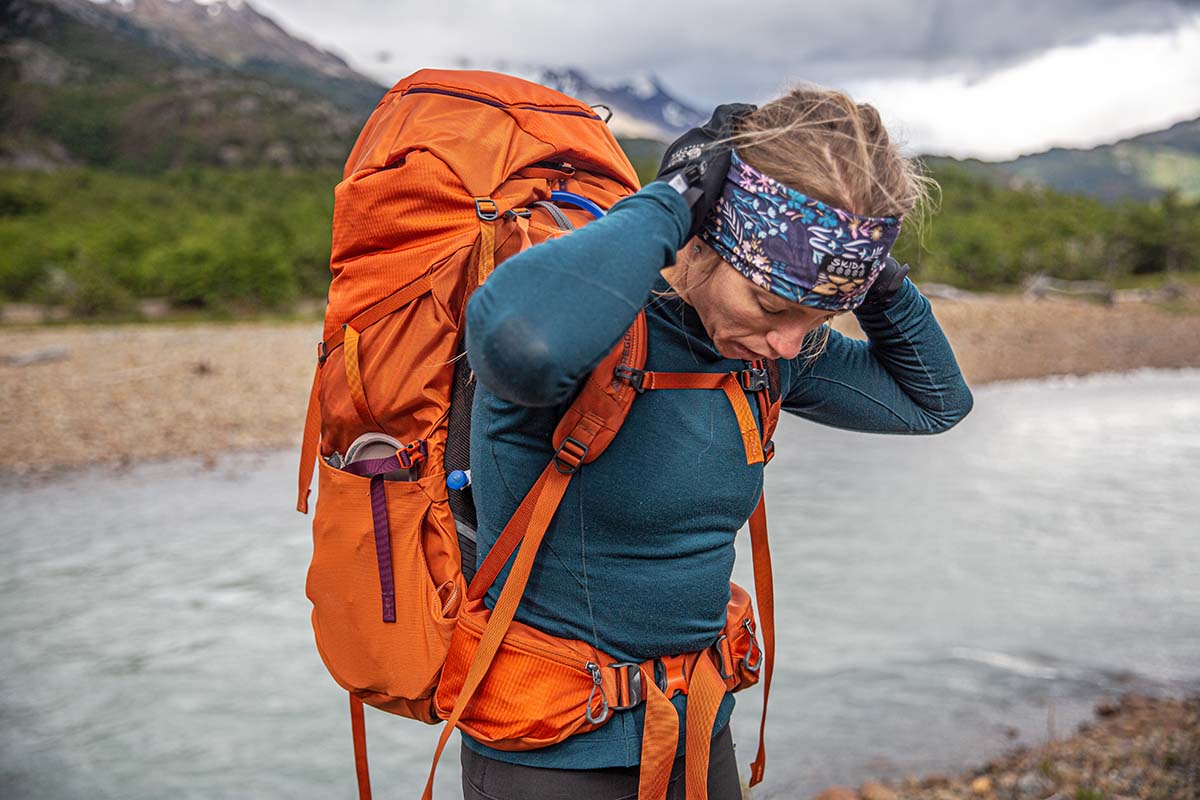
Some brands are experimenting with merino and synthetic blends to push the performance envelope further. We've seen some impressive options, including the Smartwool Intraknit Thermal Crew and the Arc'teryx Hallam (available in both a crew and hoody version). The Intraknit is fantastic for high-output activities like cross-country or backcountry skiing, and the design's hallmark is strategic mesh ventilation zones for improved breathability. The Hallam is a heavier gridded piece (reminiscent of the recently discontinued Patagonia Capilene Air), and the hooded version offers excellent coverage that easily fits under a helmet if needed. Neither of these shirts come cheap: The Intraknit goes for $130, and the Hallam is a whopping $180 ($220 for the hoody), but both are quite impressive from a performance standpoint. We fully expect more brands to start making hybrid designs that highlight the best of each material—merino for its softness and warmth and synthetics for their durability and breathability. Check out our article on the best baselayers for a look at our favorite options.

We hike, run, and bike in our lightweight merino shirts in the warm months and turn to long-sleeve merinos in the winter for skiing and other cold-weather activities. The same goes for socks—we love merino, and all we do is move to thicker designs as needed when temperatures drop. In addition to the incredible softness, a big driver is the fabric’s stink prevention, which makes them great for multi-day backcountry trips, high-exertion activities, and travel. And despite being a performance fabric with a high-end price, merino is still very enjoyable to wear every day of the week. The warm, soft next-to-skin feel is just as nice for daily use as it is for your baselayer on a summit push. Realistically, however, the core market for merino is the outdoor crowd, and those are the folks who will most enjoy its benefits. Keep in mind that despite the high price, holes will eventually develop, and you may have to move on from your pricey gear more often than you would like.
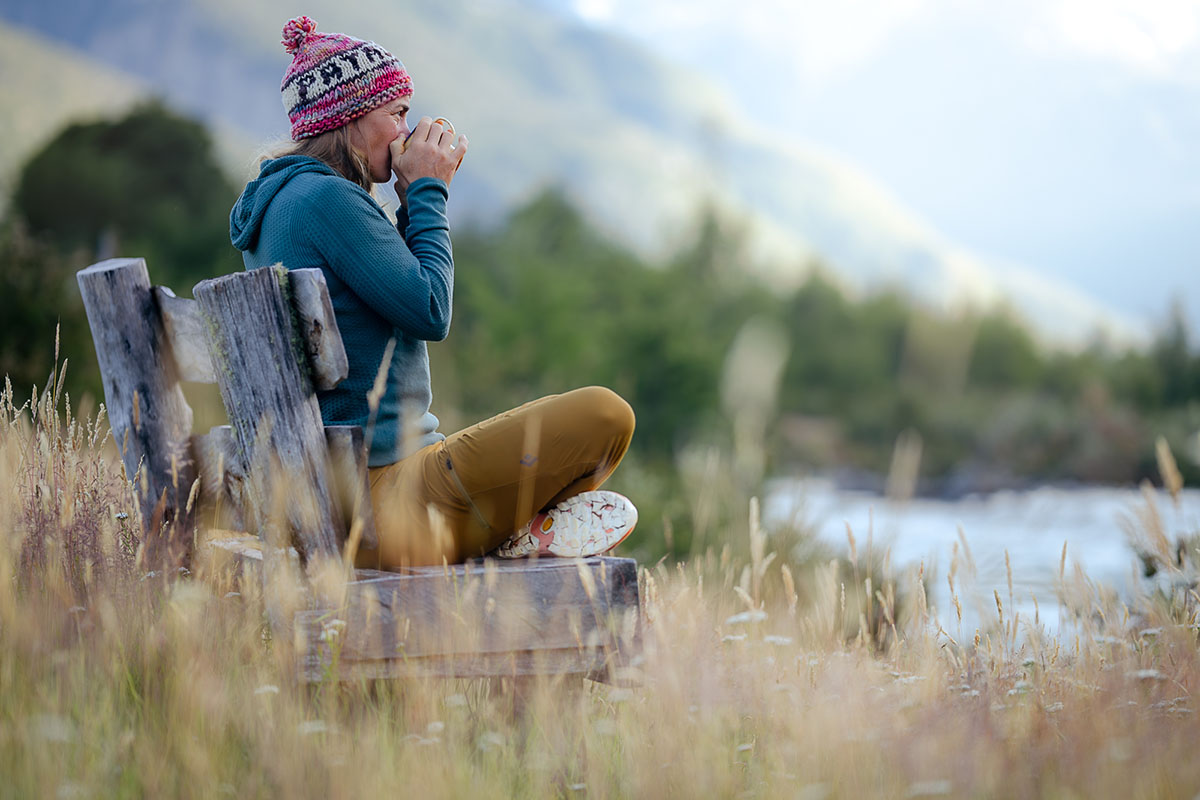
If you’re looking for the best merino gear items, below are some of our top picks. For even more recommendations and details, see our articles on the best baselayers, best women's baselayers, best hiking socks, and best ski socks. We've also put together a guide on how to choose baselayers, which goes into more detail on fabric weight, fit, features, and other considerations that may be important depending on your intended use(s).
Best Overall: Men's Smartwool Classic Thermal / Women's Smartwool Classic Thermal
Best for High-Output Use: Men's Smartwool Intraknit Thermal / Women's Intraknit Thermal
Best Budget: Men's Ridge Merino Aspect Midweight / Women's Ridge Merino Aspect Midweight
Best Upgrade: Men's Arc'teryx Hallam Wool Hoody / Women's Arc'teryx Hallam Wool Hoody
Best Overall: Men's Darn Tough Micro Crew Cushion / Women's Micro Crew Cushion
Best Lightweight/Summer: Men's Smartwool Run Zero Cushion / Women's Run Zero Cushion
Best Multi-Sport: Swiftwick Pursuit Four
Best for Thru-Hikers: Men's Darn Tough Quarter Cushion / Women's Quarter Cushion
Best Overall: Men's Smartwool Ski Targeted Cushion OTC / Women's Ski Targeted Cushion OTC
Best for Durability: Men's Darn Tough Solstice Lightweight / Women's Alpine Lightweight
Best Ultralight: Men's Smartwool Ski Zero Cushion OTC / Women's Ski Zero Cushion OTC
Back to Our Merino Wool Guide See Our Hiking Gear Reviews